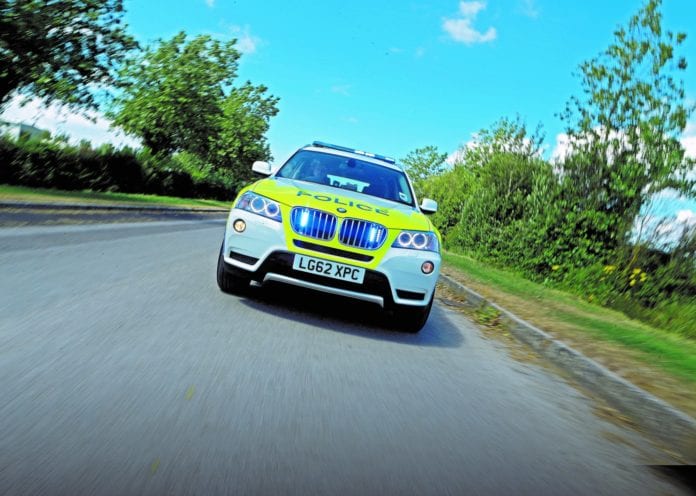It can be quite a shock when you first see a police car, fire engine or ambulance close behind you. Giving way to emergency vehicles is an important skill for any driver to have in their locker. The key is to act quickly and decisively, but without panicking. You need to get out of the way, but you need to stay safe.
What to do when you see blue lights
1. Stay calm and don’t brake suddenly. Rather than giving way to the emergency vehicle, this could slow them down.
2. If it’s safe to do so, indicate left and pull over to the side of the road. Check carefully for any cyclists and pedestrians.
3. Only mount the kerb if you really have to. Usually pulling to the side of the road will provide enough space when giving way to emergency vehicles. You should only put two wheels on the pavement if the ambulance, police car or fire engine won’t get past if you don’t.
4. Don’t pull over if the road is narrow, or if you will force the emergency vehicle to overtake on a bend. Continue along the road until there’s a wider stretch with better visibility for the emergency vehicle.
5. If you are about to pull out from a side road or onto a roundabout, stay where you are until the emergency vehicle has passed. Don’t pull out and then try to get out of the way.
6. When giving way to emergency vehicles on a dual-carriageway or motorway, pull safely into the inside lane and leave the outer lanes to the emergency services.
What to do after giving way to an emergency vehicle
1. Take a deep breath. It can be a bit of a shock the first few times you have to make way for an ambulance or police car.
2. Look in your mirrors and over your shoulder before indicating that you are moving out, and continuing your journey.
3. Be aware that more than one emergency vehicle could be on the way to the same incident. Stay alert for the sound of a siren or blue lights in your mirrors. You may need to pull over again.



